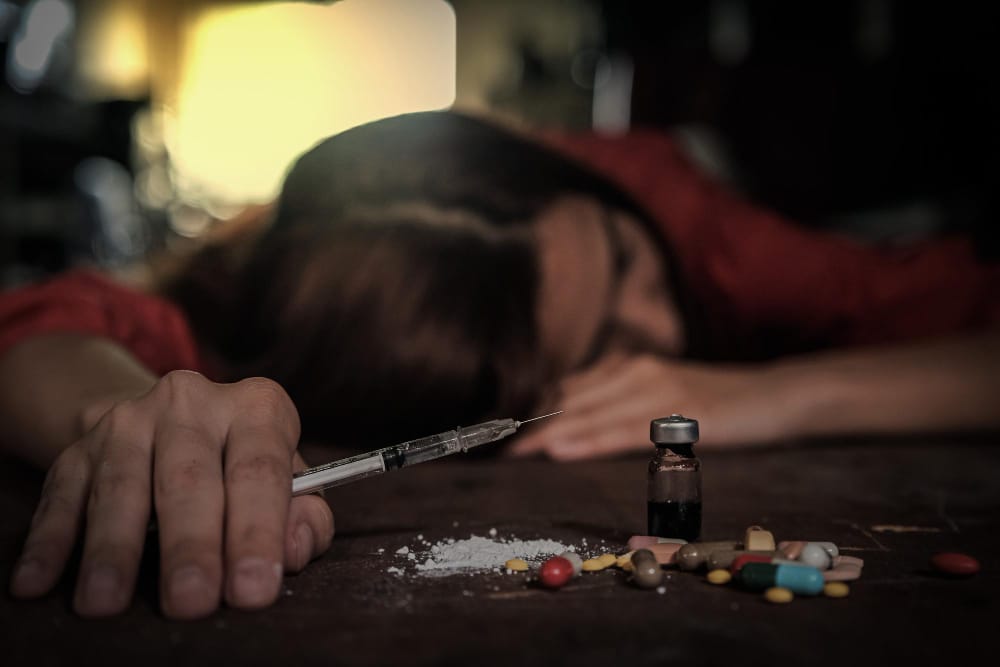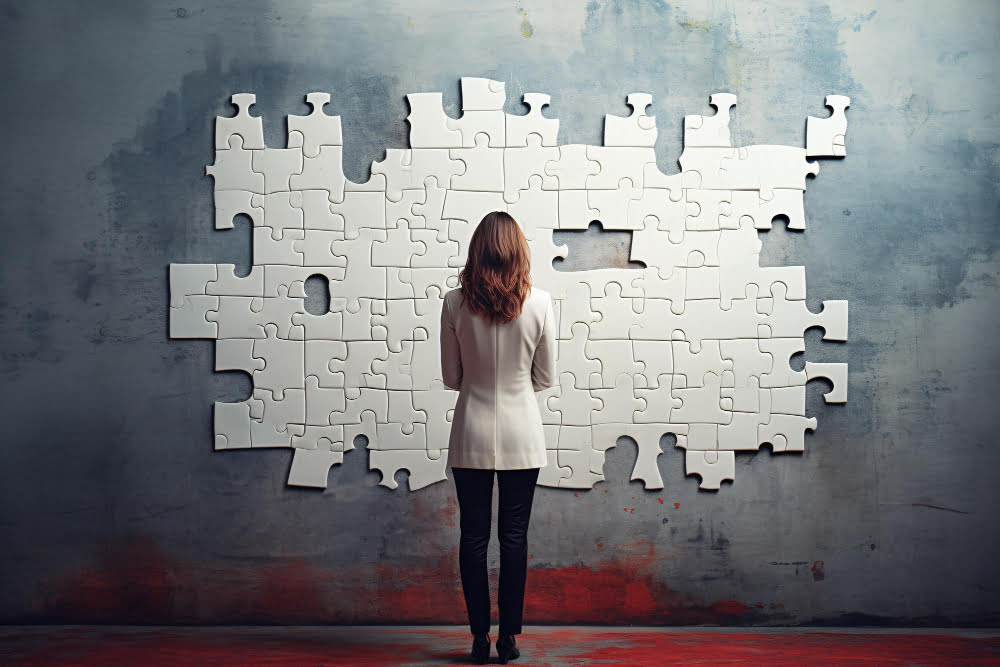The Festival of Navratri, a very famous festival in India, is celebrated through devotion, dance, fasting, and joy. On, it is nine nights and ten days, which honors both the divine feminine power, or Shakti, and Durga. The significance of Navratri to millions of people is that it is proof of the victory of good over evil, devotion over pride, and light over darkness in 2024.
Different parts of India celebrate this festival in different ways, but what all connect and celebrate the same theme is the goddess in her different incarnations and her blessings, her manacles, and her uplifting. In this article, we take a dive into the face of Navratri’s history, significance, and tradition, and why the festival is so significant in the Hindu calendar.
What is Navratri?
The word ‘Navratri’ literally means the nine nights. On these nine nights, devotees worship the nine forms of Goddess Durga, with one form represented by a day. The festival culminates on its tenth day, usually called Vijayadashami or Dussehra in the end, which signifies the victory of the good over the evil.
Chaitra Navratri and Sharad Navratri are two times a year during which the festival is observed. But Sharad Navratri, felt in September or October, is far more popularly observed. The beginning of Sharad Navratri inis24 takes place from the 3rd of October to 12th of October.
Navratri; Historical Origins
Navratri actually has a deep Indian mythology and history to its origin. The most commonly accepted legend is the story of Goddess Durga fighting with the demon Mahishasura. In Hindu mythology, Mahishasura was a powerful demon who had been given a boon by Lord Brahma that no man could kill him. With this blessing, Mahishasura got emboldened and terrorized the heavens and earth, assuming himself to be invincible.
Then all the gods created the embodiment of feminine power, i.e., goddess Durga, to defeat this seemingly invincible demon. Durga was armed with weapons from each of the gods, and she fought Mahishasura for nine days and nights. On the tenth day, she overcame the demon, and peace and cosmic balance were restored. Vijayadashami, or Dussehra, is celebrated as this victory.
The legend of Navratri is also linked to another legend — Lord Rama’s Ramayana, where Lord Rama prayed to Goddess Durga to gain strength and blessings to defeat Ravana. The victory over Ravana is celebrated as Dussehra on the tenth day, and he triumphs on that day.
Therefore, Navratri is a celebration of good concluding over rash or evil because it connotes both the physical victory (a series of nine battles) over evil as well as the destruction of negative forces in us & the spiritual rebirth.
The Nine Days of Navratri: A Study on the Nine Forms of Durga
Every day of Navratri is dedicated to a certain avatar of Goddess Durga and is worshipped with great fervour and devotion. The nine goddess forms show varying, benevolent, nurturing, and warrior sides of the goddess.
Day 1: Shailaputri: On the first day, Shailaputri is worshipped as ‘daughter of the mountain. Mother Nature incarnates and personifies strength and purity. She is prayed to for a strong foundation in life.
Day 2: Brahmacharini: The second form is of Brahmacharini, the goddess of wisdom and knowledge. She is the symbol for the power of spiritual enlightenment.
Day 3: Chandraghanta: On the third day, devotees pray to Chandraghanta in her warrior form. She is shown riding a tiger and on her forehead a crescent moon. This form is courage and bravery.
Day 4: Kushmanda: The fourth day is worshipped with Kushmanda. According to others, she blew her divine smile and is said to have brought light and energy into the world via her creation.
Day 5: Skandamata: Skt. Skandamata, the mother of Skanda (Kartikeya), is honoured on the fifth day. Motherhood, compassion, selfless love: She represents all those things, with her son nestled in her lap.
Day 6 – Katyayani: The sixth day is observed as the form of Durga or Katyayani. She is a warrior goddess created by all the gods to fight the buffalo demon, Mahishasura.
Day 7 – Kalaratri: The fiercest of the goddesses is venerated on the seventh day, Kalaratri. Her destructive power comes to be known that she uses to annihilate evil forces.
Day 8 – Mahagauri: On the eighth day, Mahagauri, who symbolizes purity and serenity, is worshipped. Often wearing white, she represents the calm and compassionate side of the goddess.
Day 9 – Siddhidatri: The ninth and last day of Navratri is Surya Siddhidatri, by which the power of Siddhadh is bestowed upon you. She is sought by devotees for her blessings of spiritual wisdom and fulfillment.
Significance of Navratri
Navratri is a spiritual festival and a season of self-realization, purification, and renewal. Here are some key aspects that highlight the importance of Navratri:
Victory of Good Over Evil: Navratri is a festival to commemorate the eternal victory of good over evil. No matter if it’s Goddes Durga’s victory over Mahishasura or Rama’s victory over Ravana, the message is similar — truth, virtue, and righteousness ultimately emerge victorious.
Worship of the Divine Feminine: Navratri teaches us how strong the feminine energy, aka Shakti, is. This is a festival of goddess Durga in different forms, which is the fountainhead of creation, preservation, and destruction. In honoring her, she is worshiped by those who respect the central position of the divine feminine in the natural order.
Spiritual Cleansing and Renewal: In Navratri, people fast, meditate, and do rituals to make their bodies and minds pure. Fasting is supposed to detoxify the body and strengthen one’s spiritual resolve, and meditation and prayer cleanse the mind of the negative thoughts.
Cultural and Social Bonding: It is neither only a religious festival nor only a cultural celebration that involves Navratri. This is a time when the people join together to dance, get music, and do other cultural activities. During some of the most vibrant dances of Garba and Dandiya that are performed during Navratri, Garba and Dandiya signify the festival, bringing joy and unity.
A Time for New Beginnings: It is also the time when a person can consider starting a new venture, a new business, a new marriage, or a new personal journey. In these new endeavors, an invocation is made to the blessings of Goddess Durga to succeed and prosper.
Navaratri Regional Celebrations
Navratri is observed with great zeal all over India, and every area has its way of celebrating the festival. Here’s a glimpse into how Navratri is celebrated in various parts of the country:
Gujarat: Garba and Dandiya Raas, the two very famous folk dances, mark the holiest month of Navratri in Gujarat. It is so full of bright, colorful traditional attire and rhythmic beats and joyful dancing over the nine nights that the entire state erupts.
West Bengal: Durga Puja is celebrated in West Bengal as Navratri. They create elaborate idols of Goddess Durga and set up grand pandals (temporary structures) for devotees to visit. Especially the last four days of Navratri are very important, wherein elaborate rituals and cultural programs are held.
Maharashtra: Devotion, fasting, and cultural activity are what mark Maharashtra’s Navratri. Temple visits and holiday events such as Garba and Dandiya are attended by many people. This also happens to mark the start of a new harvest season.
Tamil Nadu: Navratri is celebrated in Tamil Nadu with Golu, dolls displayed in the representation of deities, animals, and mythical characters. Symbolizing the life and devotion in the world, the arrangement of dolls on the steps is something that families visit from each other’s homes from house to house to view the displays and pray.
Karnataka: Categorized as Dasara, Navratri is celebrated differently in Karnataka, with the city of Mysore having one of the greatest celebrations. The highlight of the festival is the grand procession, which is taken out on Vijayadashami with a decorated elephant carrying the idol of Goddess Chamundeshwari, presiding deity of Mysore.
Northern India: Navratri, the nine nights and nine days is observed in North India as the enactment of Ram Lila, the story of Lord Rama defeating Ravana. Vijayadasami is celebrated when the evil, symbolized by Ravana, is destroyed and huge effigies of Ravana are burned.
Navratri Fast and Rituals
It is a very important ritual of Navratri, and accordingly, devotees here follow fast rules on the basis of their regional and personal beliefs. Some close for all nine days, some for nine days, some for one day. The fast is primarily to cleanse the body and mind in order to produce a receptive atmosphere for prayer and meditation.













